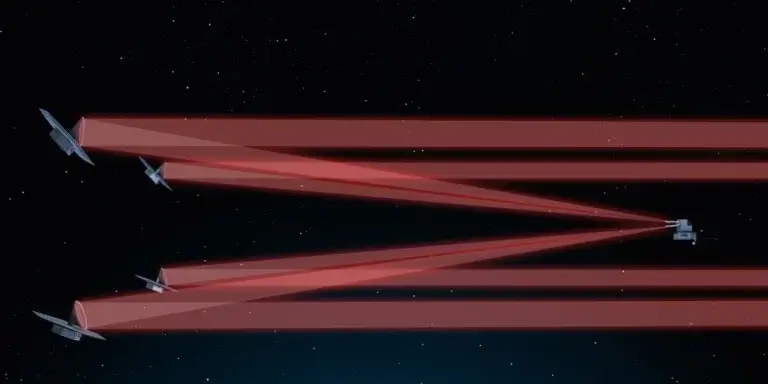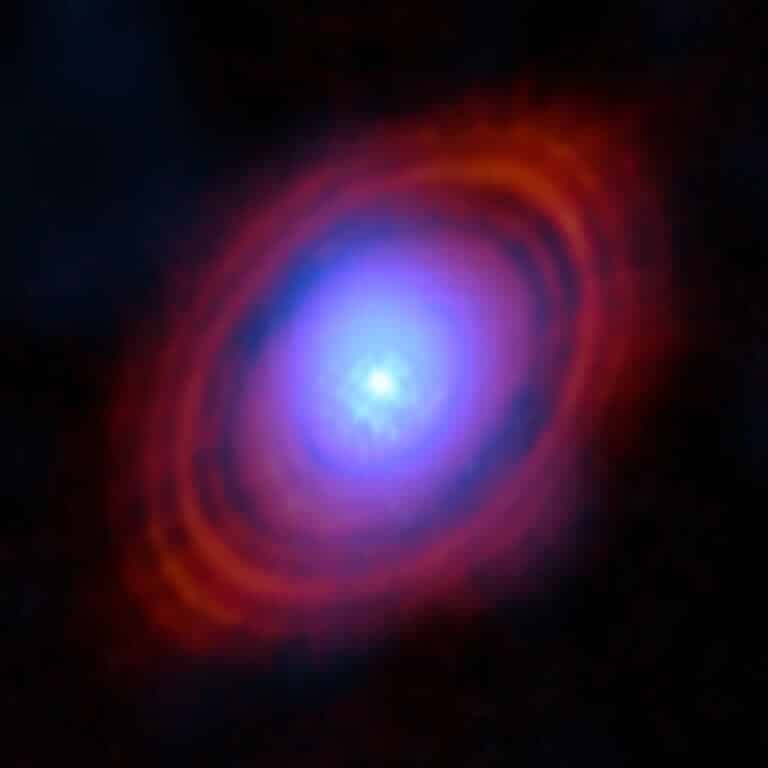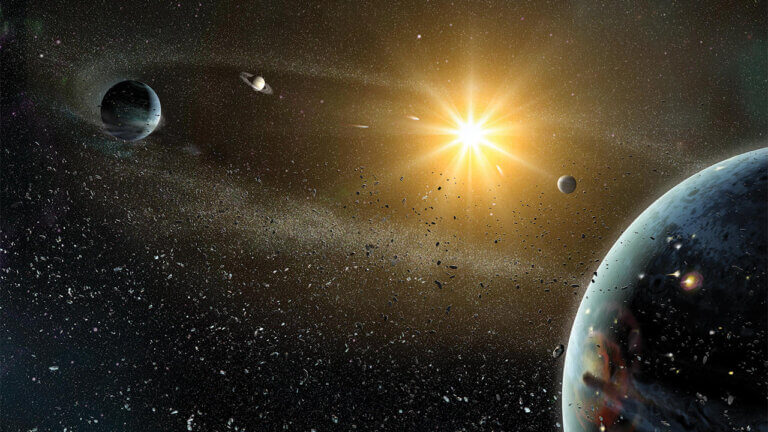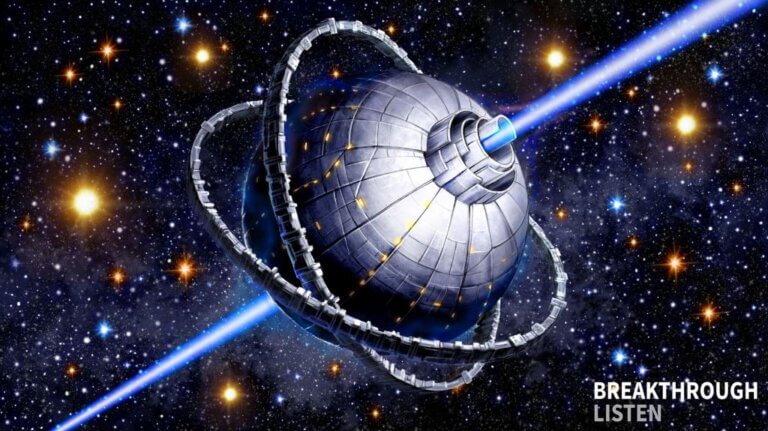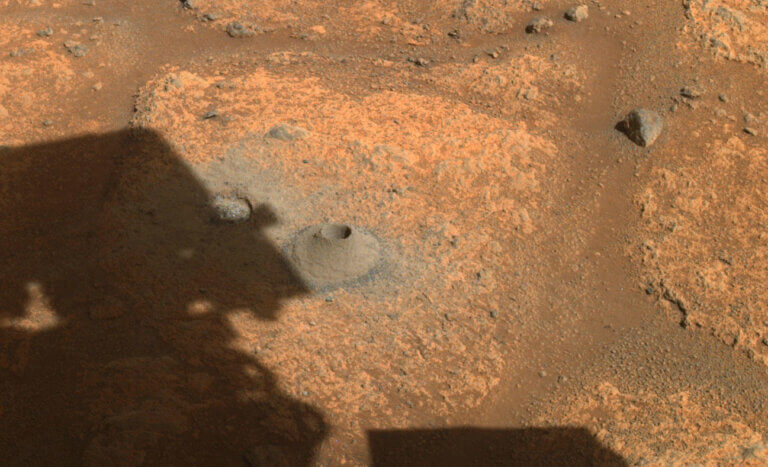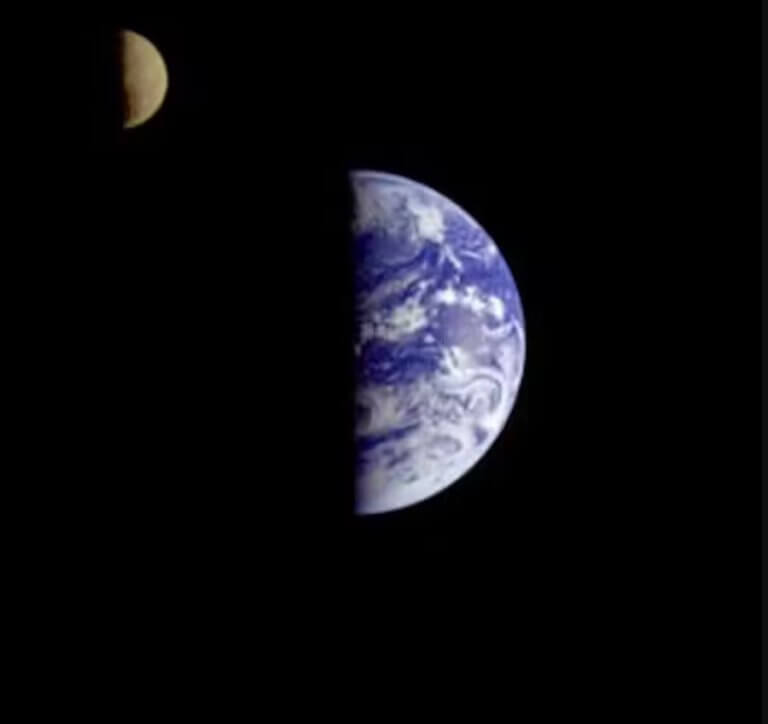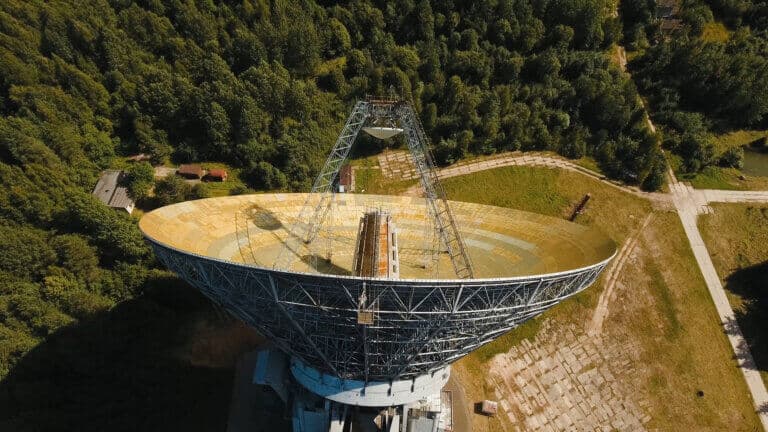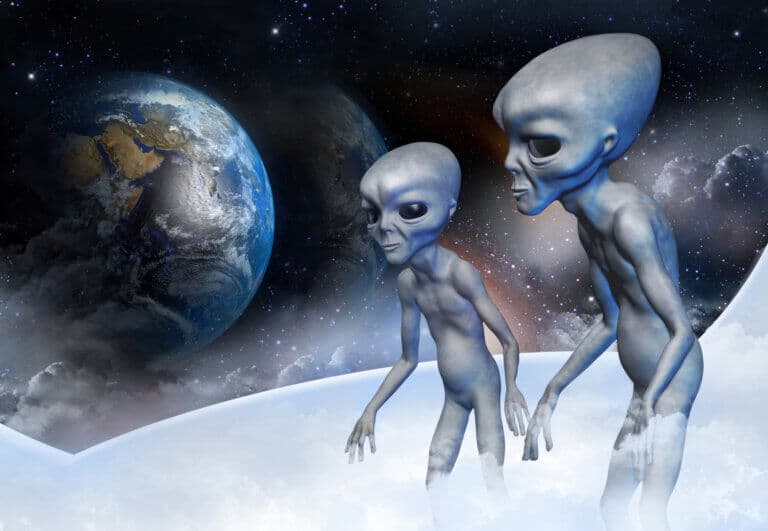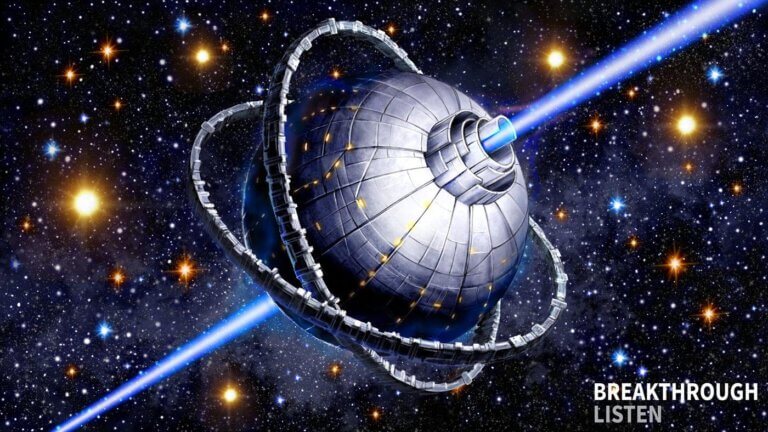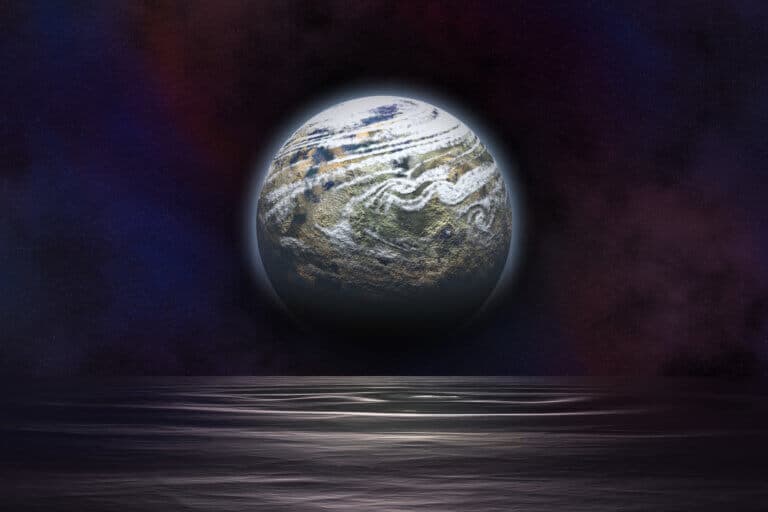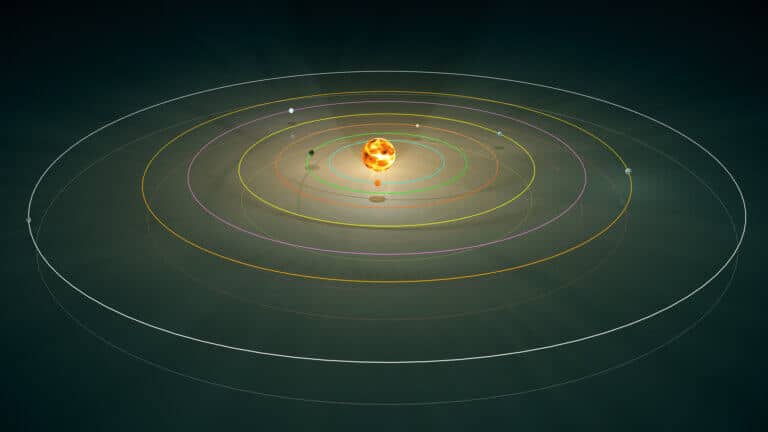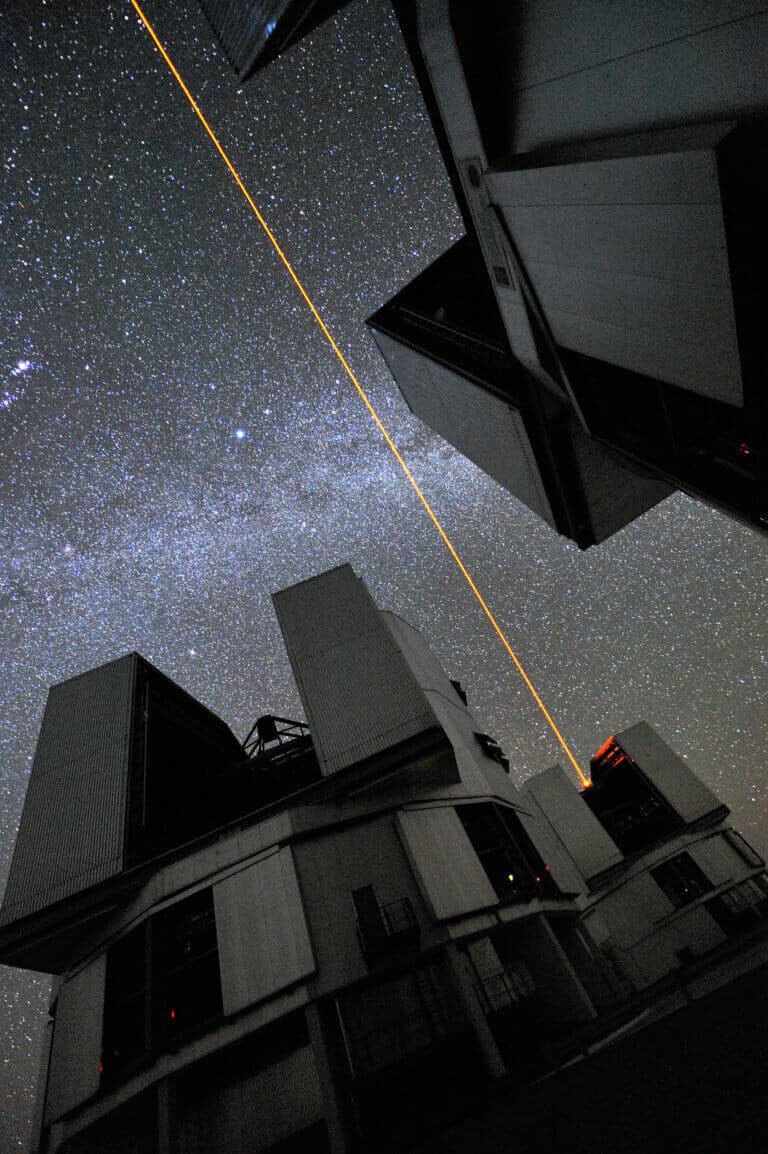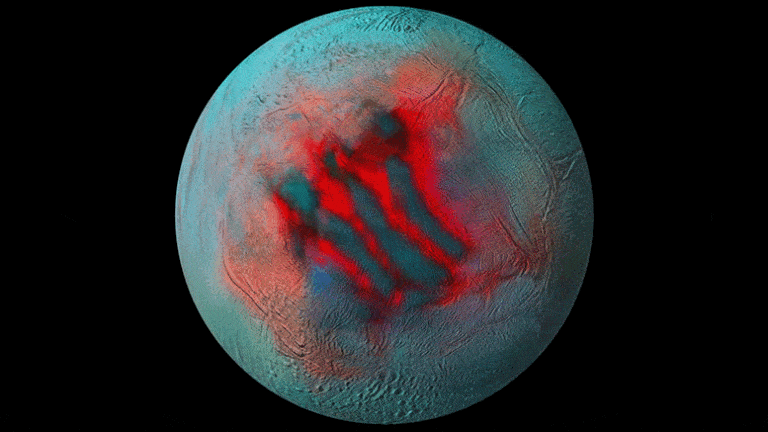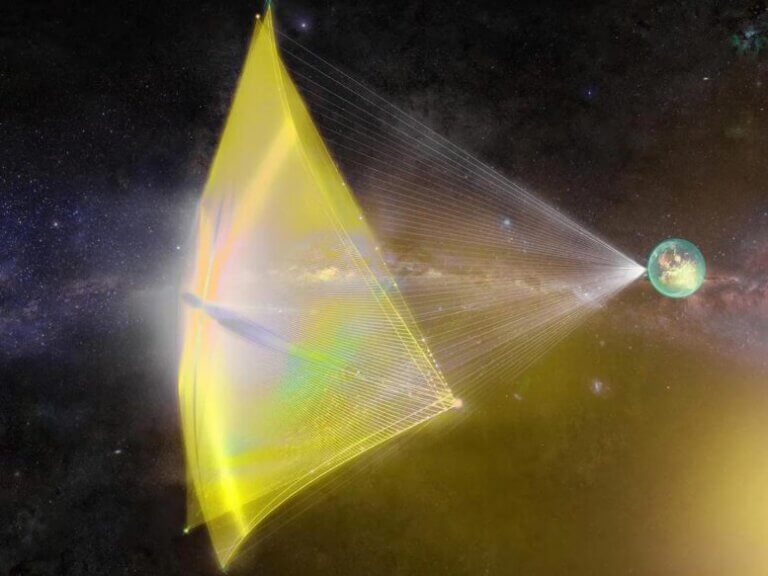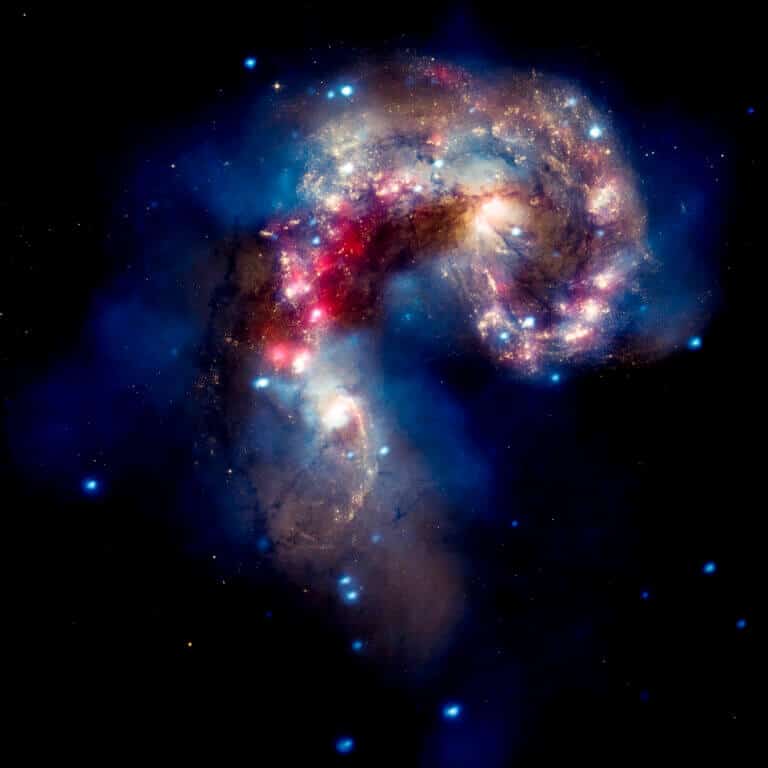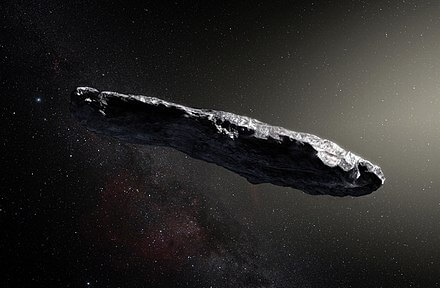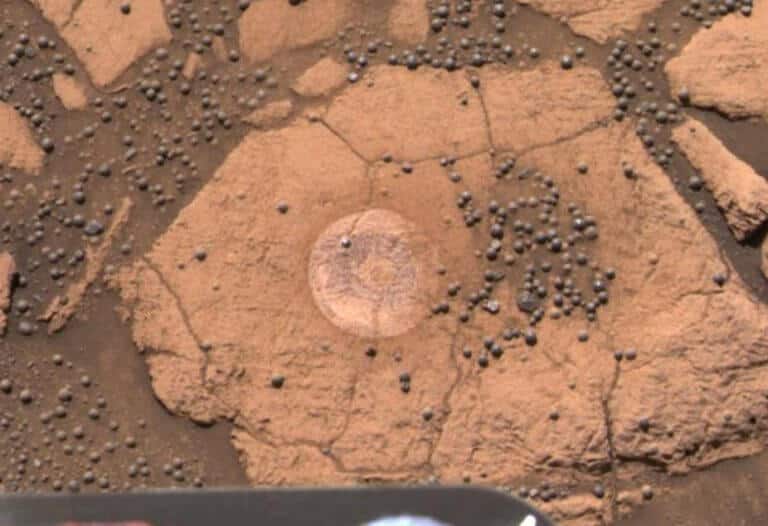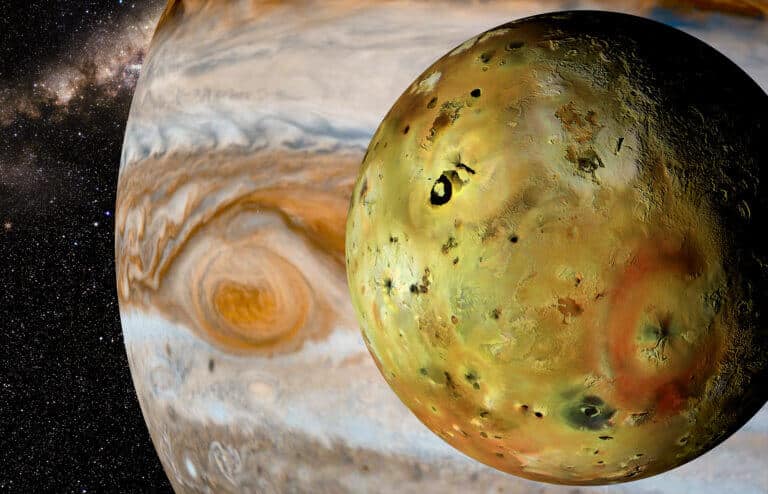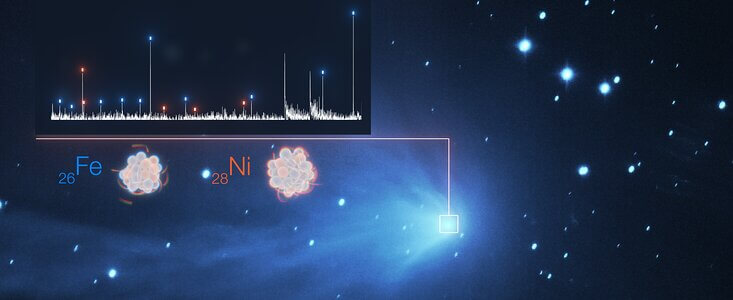Hayadan > Space and astronomy > Astrophysics > Search for life in space
Search for life in space
- Avi Blizovsky
- April 16, 2024
- 3 תגובות
The plan is to place five small satellites in space close to the Webb Space Telescope. Together these telescopes will act as a large telescope that will be used as an interferometer to receive infrared heat radiation from extrasolar planets. Finding life on Earth will give a good calibration of the spacecraft
- Avi Blizovsky
- March 1, 2024
- 3 תגובות
An amount of water at least three times greater than the water in all the Earth's oceans was discovered in the inner disk of the young Sun-like star HL Tauri, 450 light-years away from Earth, in the Taurus group
- Avi Blizovsky
- December 24, 2023
- 2 תגובות
Jupiter, the largest planet by far in our solar system, plays an important protective role. Its enormous gravitational field deflects comets and asteroids that might otherwise hit Earth, helping to create a stable environment for life to exist. But giant planets elsewhere in the universe don't necessarily protect life in their smaller, rocky neighbors.
- Avi Blizovsky
- December 16, 2023
- 4 תגובות
The team identified 1,519 candidate signals that could not be attributed to radio frequency interference. After algorithmic processing, matching the signal properties with known disturbances, and extensive visual inspection, no convincing evidence of technological signatures was found.
- Avi Blizovsky
- December 3, 2023
- 5 תגובות
- Avi Blizovsky
- October 23, 2023
- 4 תגובות
It has been 30 years since a group of scientists led by Carl Sagan found evidence of life on Earth using data from instruments aboard NASA's Galileo space probe and only combining instruments while ignoring existing knowledge made this possible
- Avi Blizovsky
- July 26, 2023
- 7 תגובות
SETI researchers have invented a new technique for detecting potential alien radio signals
- Avi Blizovsky
- July 22, 2023
- 28 תגובות
What could aliens pick up from the radio leak from Earth? How would Earth look to an alien civilization light years away from us?
- Avi Blizovsky
- June 25, 2023
- 7 תגובות
Akshay Suresh, a graduate student at Cornell University, is leading an unusual scientific activity - a groundbreaking mission called BLIPSS to detect periodic signals emanating from the center of the Milky Way
- Avi Blizovsky
- June 7, 2023
- 5 תגובות
A new study suggests that a third of the planets orbiting dwarf stars common to the Milky Way could potentially support life. As in the story of Goldilocks and the Three Bears, one plate is too hot, the second is too cold and the third is just right
- Avi Blizovsky
- December 18, 2022
- 6 תגובות
A computerized system classifies the atmospheres of planets outside the solar system. and determines which of them are capable of sustaining human settlement in the future
- Avi Blizovsky
- October 30, 2022
- One response
Researchers simulated the harsh ionizing radiation conditions of Mars to see how long freeze-dried bacteria and fungi could survive
- Science site The Conversation
- October 24, 2022
- One response
New technologies could enable the discovery of technological markers from intelligent beings on distant planets
- Science site The Conversation
- October 19, 2022
- No comments
The discovery also has value in a completely different field - the search for life on planets outside the solar system
- Dr. Moshe Nahamani
- October 14, 2022
- No comments
Scientists have found that the surface of Enceladus is apparently rich in phosphorus, a key component for sustaining life.
- Dothan Rice
- July 13, 2022
- 31 תגובות
The Drake formula was an attempt to calculate the probability of intelligent life on other planets. But human history shows that the formula was probably too optimistic, and that there is something missing in the calculation. This missing parameter could be critical to understanding the development of intelligent life in the galaxy, and more importantly: the development of humanity, and its chances of survival
- Universe Today
- December 7, 2021
- 5 תגובות
Prof. Avi Leib claimed following the discovery of the first bone that arrived clearly outside the solar system that it was an artificial bone; In early 2021, other scientists proposed the claim that it was a nitrogen glacier that broke away from a planet in formation in another solar system. Leib and his research partners published a response paper arguing that there is not enough nitrogen in the galaxy to sustain such objects. The debate continues.
- Avi Blizovsky
- November 21, 2021
- No comments
- Science site The Conversation
- November 9, 2021
- 2 תגובות
Like all the elements that exist on Earth, fluorine also has a cosmic origin. Now, an article published long ago in the scientific journal Nature Astronomy sheds some light on this
- Avi Blizovsky
- September 21, 2021
- 5 תגובות
- Avi Blizovsky
- September 5, 2021
- 3 תגובות
A theoretical study suggests a way to look for Dyson balls, even if partial, that indicate their use to produce energy from black holes by an advanced alien culture. So far no such structure has been discovered
- The Hebrew University
- August 6, 2021
According to the principle of "Occam's Razor", it is much more likely that UFOs can be explained as natural phenomena that we do not yet understand, or artificial objects of terrestrial origin, just as Umama's seemingly mysterious properties have been offered far more prosaic explanations than the alien probe speculation.
- Science site The Conversation
- May 25, 2021
- 8 תגובות
- Dr. Moshe Nahamani
- May 24, 2021
- No comments
Future space exploration missions in the solar system will focus on the search for extraterrestrial life, led by Clipper Europa, which will fly to the large fair moon in 2024, but this life may not resemble life on Earth. A new analysis method of the mass spectroscopy type may allow the discovery of extraterrestrial life of the alien type
- Dr. Moshe Nahamani
- May 20, 2021
- 2 תגובות
A new study conducted by a Belgian research team found that the metals iron and nickel are found in the atmospheres of comets traveling in our solar system, even those far from the sun. The findings were obtained with the help of data collected from the very large telescope which is located on the Cerro Paranal mountain, at an altitude of 2,635 meters in the Atacama Desert in northern Chile

